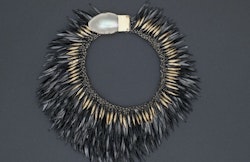
Discover
Discover new artists, articles and other craft related topics. Use the tags to search all contents.
Jewellery and adornment

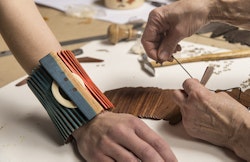
Liv Blåvarp: Touch Wood

The Innermost Corner of the Outermost Layer – an interview with Renate D. Dahl, Judit Fritz, and Lauren Kalman
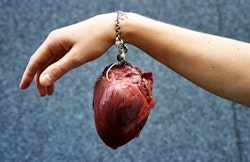
Nanna Melland: The Uniqueness of the Masses
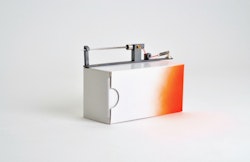
Sigurd Bronger: Jewellery as Absurd Theater
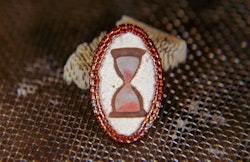
Jewellery Thoughts of Impermanence
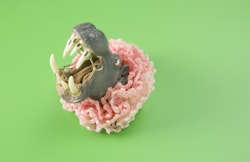
Felieke van der Leest: Toy Animals, Yarn, and Glamorous Design
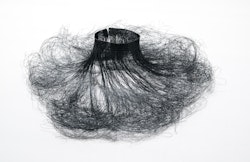
Inger Blix Kvammen: Memories in Metal
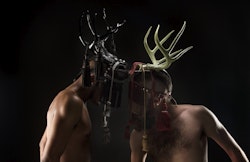
Recognizing Ground: Where Indigenous and Queer Practices Meet
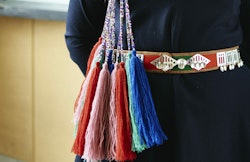
Baarkaldahke – A Living Cultural Legacy
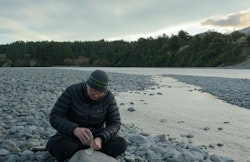
Texture of Practice: Areta Wilkinson

Jewellery Thoughts of Impermanence

The Innermost Corner of the Outermost Layer – an interview with Renate D. Dahl, Judit Fritz, and Lauren Kalman
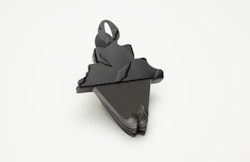
The World-Shifting Qualities of Adornment
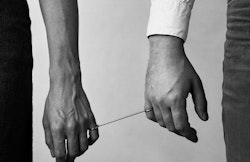
With this Ring – An Essay Celebrating the Symbolic Meaning of Jewellery

Tattoo Archaeology
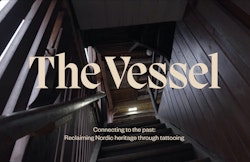
Connecting to the Past: Reclaiming Nordic Heritage through Tattooing

Inuit Tattoo Traditions and the Complexities of a Revival
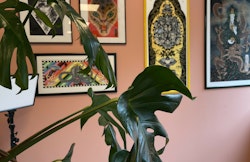
Part Psychologist, Part Mind Reader, Part Artist
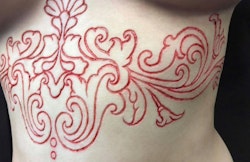
Art that hits a nerve

I'm Interested in Creating Superbeings

Monumental Duodji? Craft and Care in Outi Pieski’s Public Artworks
In this article by professor in art history Elin Haugdal, we are introduced to the artwork AAhkA by Sámi artist Outi Pieski, planned for the new government quarter in central Oslo. The integrated artwork comprises a 50-metre-high wooden relief, portraying a female figure, which will be visible day and night through the transparent walls when the building, ‘A-block’, is completed in 2025. Haugdal discusses the artwork’s relationship to the practice of duodji, to the concept of care, and to the idea of monumentality.
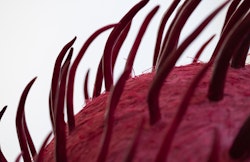
Aslaug Juliussen: A Sense of Sustainability
In this conversation with artist Aslaug Juliussen, Hilde Sørstrøm delves into Juliussen's sustainable approach to material transformation. While her installations and sculptures are made using materials and technique from her Sámi heritage, Juliussen always seek to evolve and transform the materials into something new.
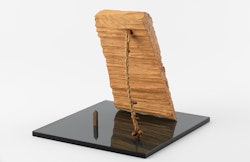
Duodji as a Starting Point for Artistic Practice
In this essay curator and duojár Gry-Kristina Fors Spein reflects on the Sámi concept of duodji as a starting point for artistic practice.
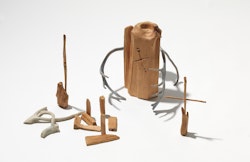
Iver Jåks: Duodji as Indigenous Contemporary Art Practice
Iver Jåks' artistic talent became obvious during a long period of hospitalisation following a reindeer herding accident in his youth, and he was admitted to the Sámi folk high school in 1950, when he was 18 years old. Set on becoming an artist he later attended the Norwegian National Academy of Craft and Art Industry and later the Art Academy in Copenhagen. His artistic practice incorporated Sámi duodji objects, materials, and techniques, in addition to drawing, large-scale sculptures and art in public space. In this article by Irene Snarby we learn about the life and art of Iver Jåks, and about duodji as a contemporary art practice.
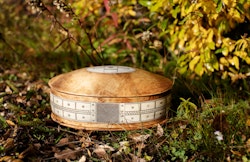
Perisak Juuso: A Conversation with Perisak Juuso
In this conversation, Irene Snarby talks to duojar Perisak Juuso about the landscape and Sámi place names, and about the in-depth knowledge you need in order to find the right burls, roots or antlers to make beautiful duodji.
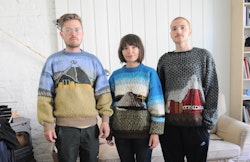
Joar Nango: Duodji as part of Philosophy and Cosmology
Namita Gupta Wiggers in conversation with Joar Nango about shelter, nomadism, and the Sámi concept of duodji
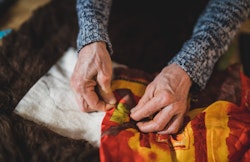
The Landscapes Within: Monika Svonni
Monika Svonni is a multi-disciplinary artist living in Jåhkåmåhkke. Her oeuvre consists mainly of textile collages that incorporate pewter thread embroidery and reindeer hide, but she also works with wood carvings and sculptures in a variety of materials. In this interview by the editor, artist and curator Carola Grahn we are introduced to Monika Svonni's work through many years, and her outlook on life and art.
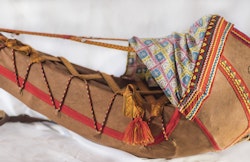
Keeping the Flame of Ancestral Tradition Burning
The Sámi gietkka, a cradle for newborn children, has an ingenious design suited for a nomadic lifestyle. In this text, duojárat and couple Fredrik Prost and Inga-Wiktoria Påve talk about two old cradles that were left in their care from each of their families, and how they made them fit for new generations with the help of each other, their ancestors, and sketches from the 1930s.
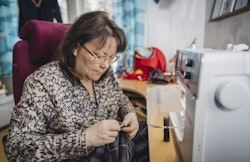
Reconstructing Gábde Based on Racial Biology Archives
In 2022, it was one hundred years ago that the Swedish State Institute for Racial Biology was established in Uppsala, Sweden. Many ethnic groups and other socially vulnerable subgroups were measured, tested, and photographed in the name of racial biology. The Sami were one of them. In this article, the duodjár and textile artist Katarina Spik Skum describes how she came to use the photographic archive of the Institute for Racial Biology as a source of inspiration for the creation of gábde from the Lule Sami area.

Baarkaldahke – A Living Cultural Legacy
Lova Isabelle Lundberg introduces us to the South Sami hair tie tradition baarkaldahke through a short film, images and text.
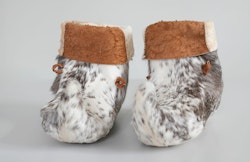
Memories in Archives – Archived Memories
Essay on Sámi and Kven museum collections by writer and photographer Susanne Hætta